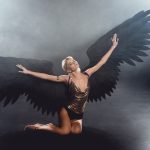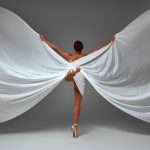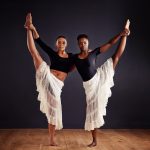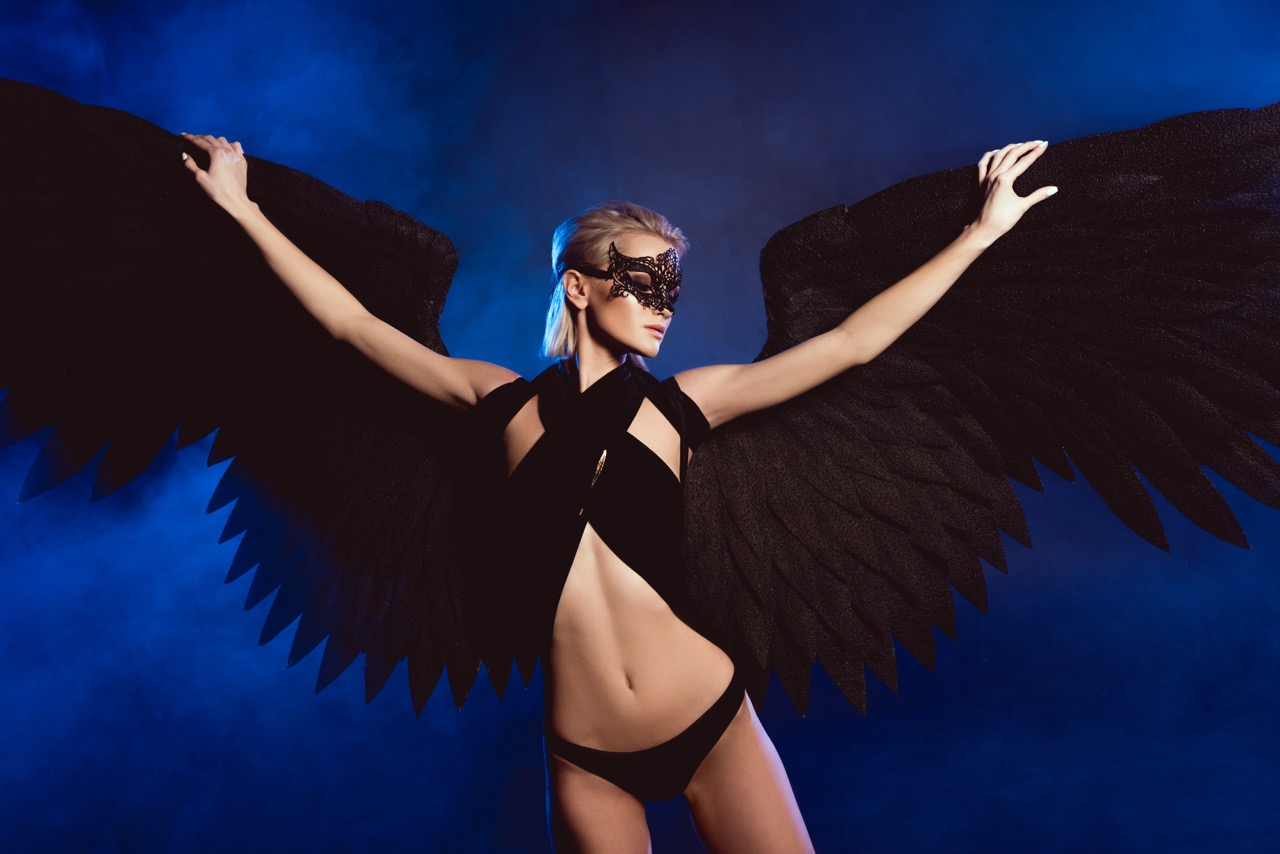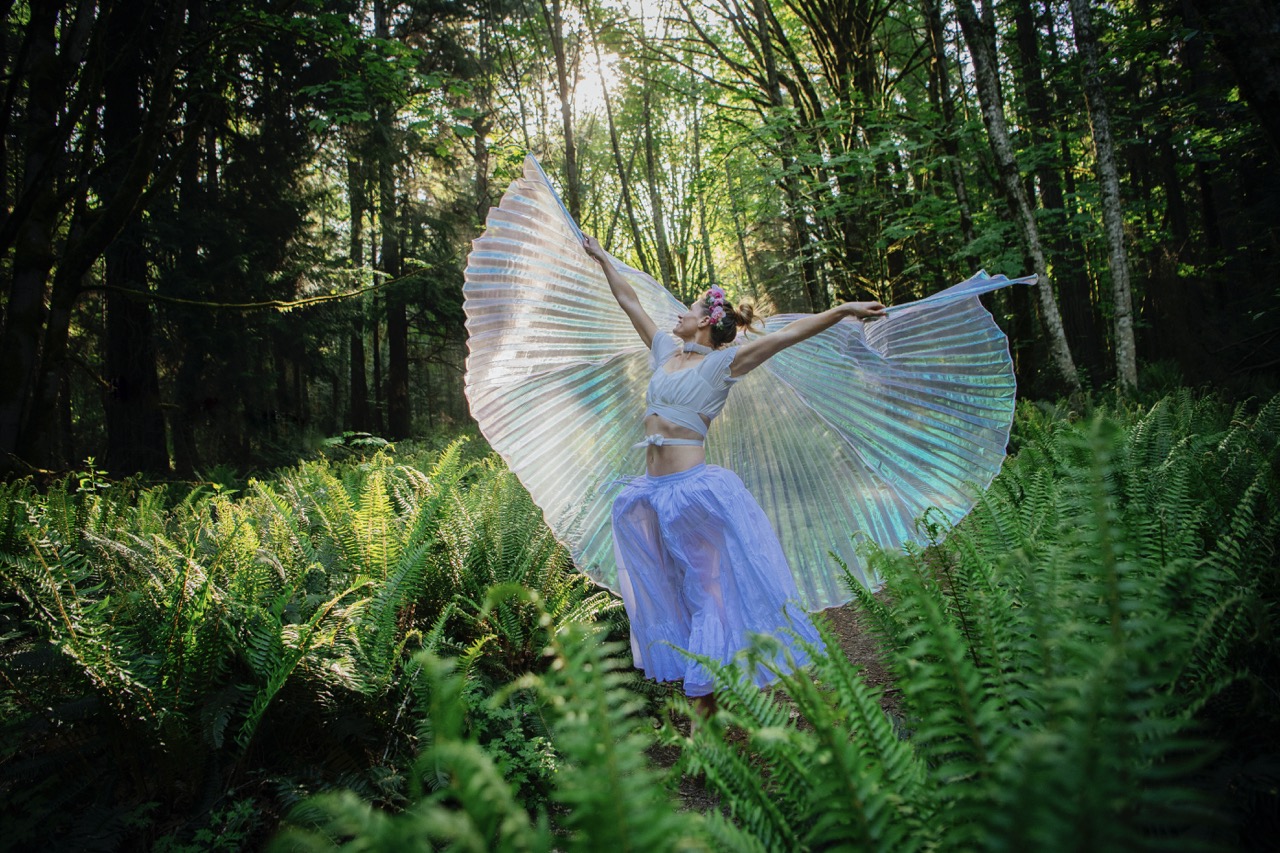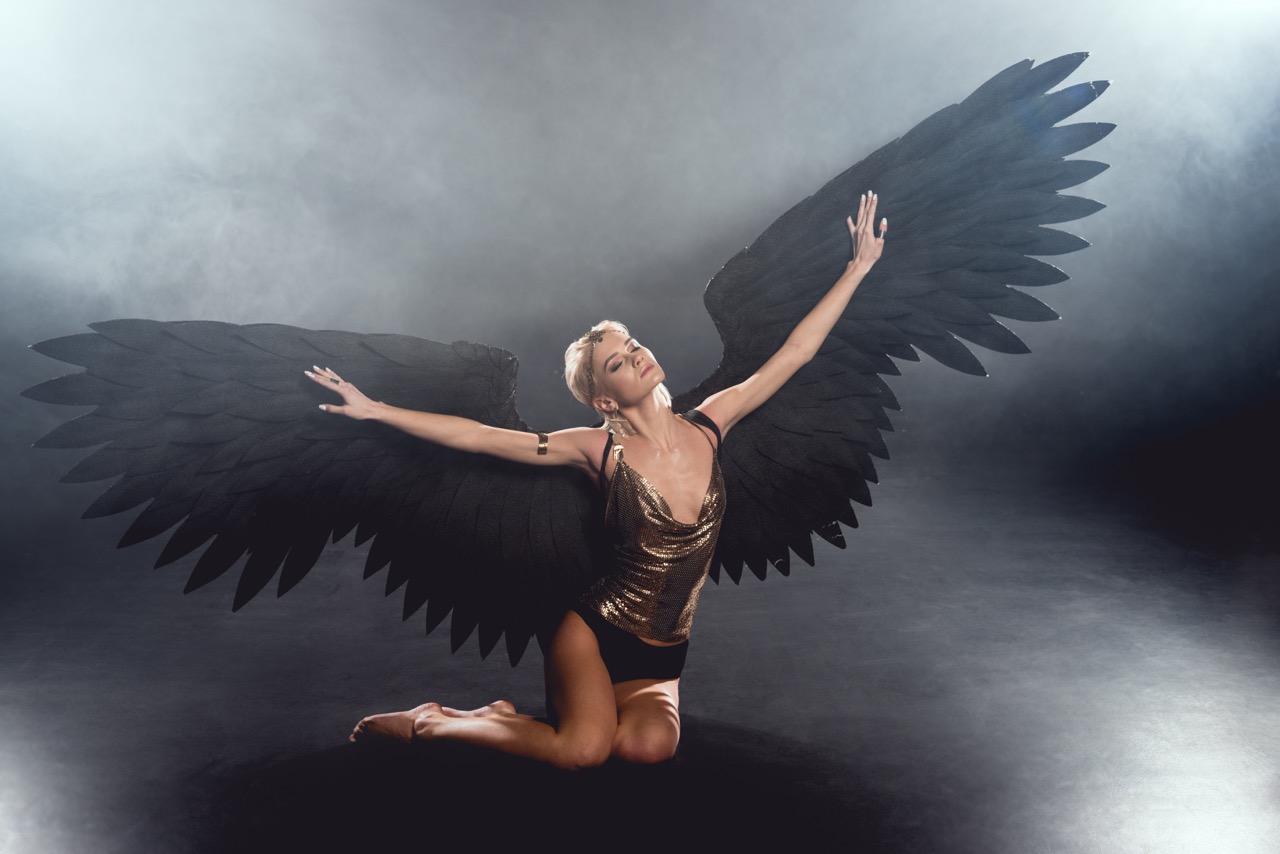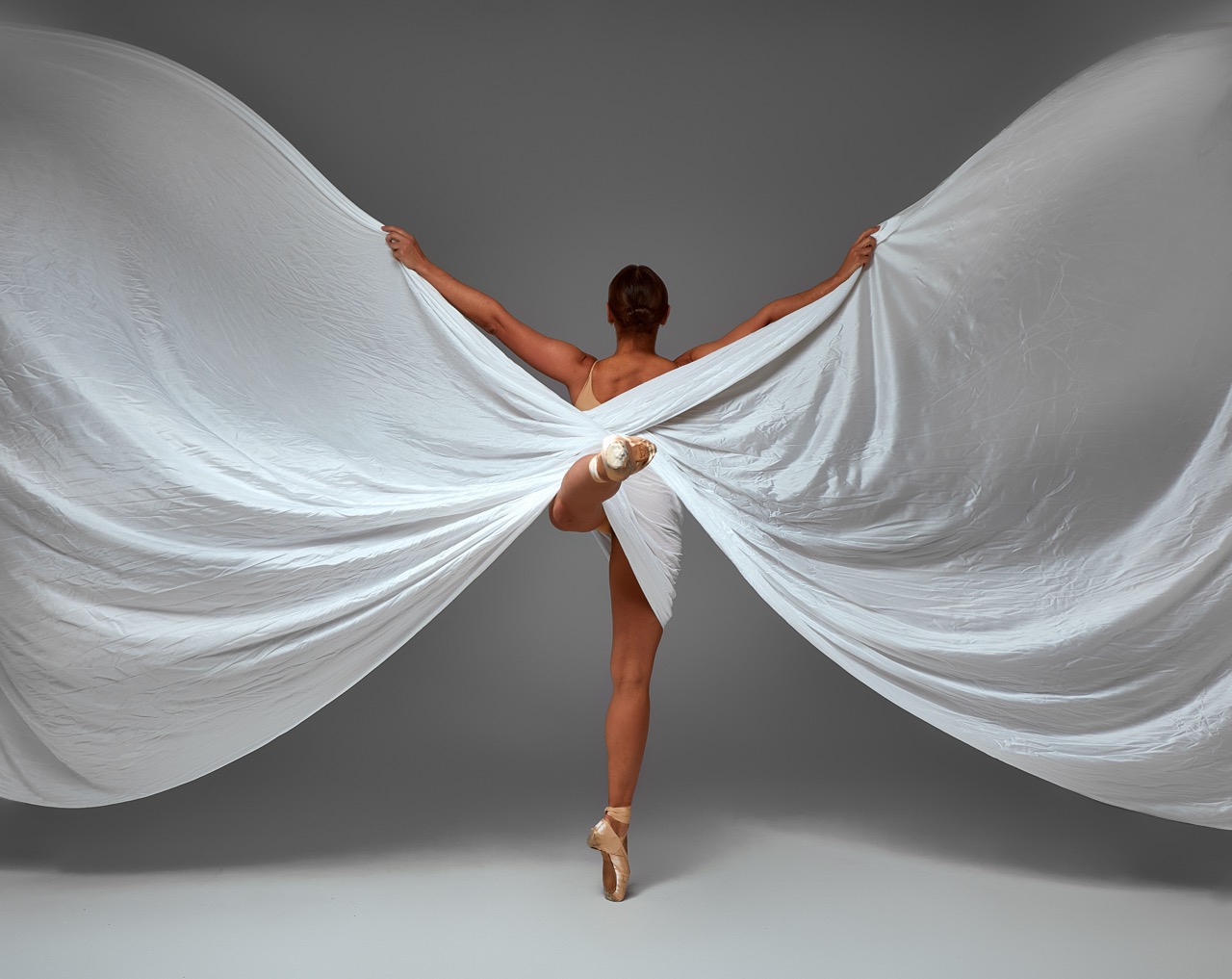In the realm of dance, where expression and artistry intertwine, costume elements play a pivotal role in conveying themes and emotions. Among the myriad of accessories that dancers adorn themselves with, angel and fairy wings have emerged as a striking trend, captivating audiences and enhancing performances. These ethereal appendages not only elevate the visual appeal of dance but also add layers of meaning and symbolism, transforming ordinary routines into enchanting narratives. This article explores the growing popularity of angel and fairy wings in dance, examining their aesthetic impact, expressive potential, and the overall enhancement they provide to performances.
The Enchantment of Wings: A Dance Trend Unveiled
The rise of angel and fairy wings in dance can be traced back to a collective yearning for whimsy and fantasy, especially in an era where escapism is cherished. The allure of these fantastical wings taps into the universal human fascination with the ethereal and the divine. Dance genres such as ballet, contemporary, and even aerial performances have embraced this trend, allowing dancers to embody characters that transcend the boundaries of reality. As such, wings have become synonymous with themes of hope, purity, and transformation, inviting audiences to immerse themselves in a world of dreams.
Moreover, the versatility of wing designs has contributed significantly to their popularity. From delicate, iridescent fairy wings adorned with shimmering sequins to majestic, flowing angel wings crafted from luxurious materials, there is a style to suit every dancer’s vision. The ability to customize these wings further enhances their appeal, as choreographers and performers can align their costumes with the narrative they wish to convey. This trend not only enriches performances but also encourages creativity in costume design, leading to a renaissance of expressive outfits in dance.
As they grace stages across the globe, angel and fairy wings serve as a reminder of the power of imagination in dance. They transport audiences into fantastical realms, evoking emotions that resonate on a deeper level. This enchantment is not merely limited to the performance itself; it spills over into social media, where dancers showcase their creativity in choreographed pieces featuring these winged accessories, further solidifying their status as a contemporary dance phenomenon.
Ethereal Aesthetics: Angel and Fairy Wings in Movement
When dancers adorn themselves with angel and fairy wings, the aesthetics of their movements are undeniably transformed. The fluttering, flowing designs of the wings create an enchanting visual dynamic that complements various dance styles. In ballet, the graceful extension of limbs paired with the subtle movement of wings can evoke a sense of soaring freedom, mirroring the ethereal qualities of the characters they represent. Contemporary dancers utilize wings to enhance fluidity and expression, allowing the wings to interact with their body movements, creating a rhythmic dialogue between the dancer and the accessory.
The material choice for wings plays a crucial role in their aesthetic impact. Light, airy fabrics like chiffon and organza lend themselves well to the delicateness of fairy wings, catching the light and enhancing the ethereal quality of the performance. Conversely, the sturdiness of angel wings can provide a dramatic presence that commands attention. This dynamic interplay of textures not only enhances the visual spectacle but also allows for a broader range of movement, enabling dancers to push the boundaries of their choreography while still maintaining the wings’ enchanting allure.
Furthermore, the aesthetics of angel and fairy wings resonate deeply with audiences, often invoking feelings of nostalgia and wonder. This emotional connection amplifies the overall experience, making performances memorable and impactful. As dancers incorporate these winged pieces into their routines, they create a visual story that enchants viewers, inviting them to escape into a realm where the mystical becomes tangible.
From Costumes to Expression: The Wings Phenomenon
The phenomenon of angel and fairy wings extends far beyond mere costume elements; they are powerful tools for artistic expression. Dancers use these wings to embody narratives, channeling their movements into a form of storytelling that transcends spoken language. The symbolism of wings—representing freedom, aspiration, and transcendence—allows performers to convey complex emotions, often tapping into themes of growth, change, and spirituality. Through the graceful arcs and sweeping gestures of their wings, dancers can evoke a spectrum of feelings, drawing the audience into the emotional core of their performance.
The incorporation of wings into dance also reflects the evolving nature of performance art. As dancers seek to break free from traditional constraints, the wings serve as a means of self-expression, allowing them to experiment with their physicality and artistry. This trend encourages dancers to explore new choreographic possibilities, inspiring innovative routines that challenge conventional boundaries. Consequently, the wings phenomenon has become a canvas for personal interpretation, enabling dancers to express their unique artistic voices and perspectives.
Moreover, the wings phenomenon fosters a sense of community within the dance world. As dancers and choreographers share their interpretations of winged performances through social media platforms, they create a dialogue that resonates across cultures and styles. This interconnectedness nurtures a collaborative spirit, inspiring dancers to explore the emotional and narrative potential of their craft with wings as a central element. As a result, the trend transcends its aesthetic appeal, becoming a vibrant movement that unites artists in celebration of creativity and expression.
Elevating Dance: The Impact of Winged Accessories
The impact of winged accessories on dance cannot be overstated. They elevate performances by enhancing visual storytelling and engaging audiences on a deeper emotional level. The sheer presence of wings adds a layer of artistry that captivates viewers, making every pirouette and leap more poignant. With wings, dancers can transcend the confines of the stage, allowing their artistry to soar to new heights. This elevation transforms the act of watching dance into a multisensory experience, where sight, sound, and emotion intertwine seamlessly.
The practical implications of incorporating wings into dance are also noteworthy. They inspire dancers to develop greater body awareness, as the presence of wings necessitates a heightened level of control and precision in movement. This leads to more refined techniques, as performers learn to navigate their physical space while considering the additional dimension the wings provide. Ultimately, this practice cultivates a new level of artistry, pushing dancers to hone their skills and embrace the challenges posed by these enchanting accessories.
In a broader context, the impact of winged accessories extends into the realms of fashion and performance art. As angel and fairy wings gain traction in dance, their influence seeps into other creative industries, inspiring designers to explore their potential beyond the stage. The resulting fusion of dance, fashion, and visual art continues to push boundaries, creating a cultural landscape where the whimsical and the profound coexist. The popularity of wings in dance thus serves as a testament to the ever-evolving nature of artistic expression, reminding us of the magic that ensues when creativity takes flight.
The enchanting trend of angel and fairy wings in dance has undoubtedly transformed the landscape of performance art. These ethereal accessories not only enhance the visual and emotional quality of dance but also empower performers to tell rich, layered stories. As dancers continue to explore the possibilities of wings, they elevate their craft and inspire audiences to dream and imagine. With their unique ability to blend fantasy and reality, angel and fairy wings will likely remain a beloved staple in dance, continuously captivating and enchanting all who experience their magic.

